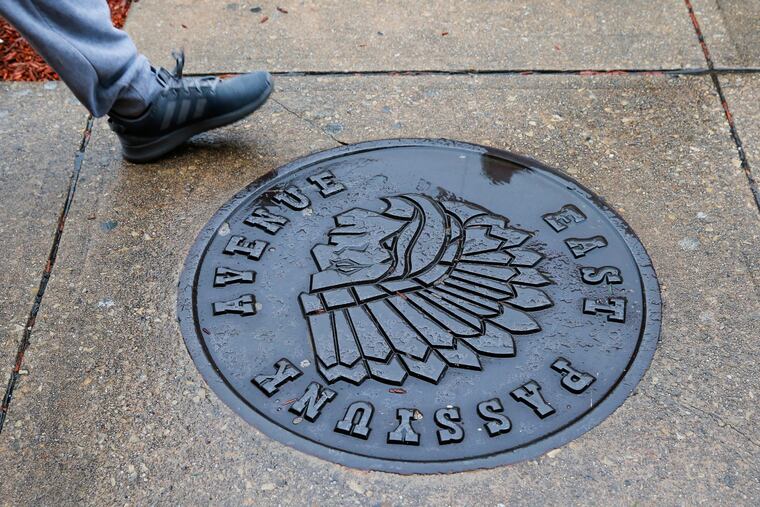East Passyunk reconsiders neighborhood logo after writer calls out ‘casual racism’
Talk to neighbors and you’ll hear that the iconic image acknowledges that the place name “Passyunk” is thought to derive from Lenape language, oft-translated to “in the valley.” But not everyone sees this as tribute.
